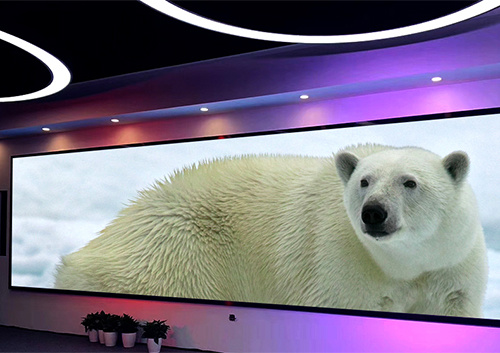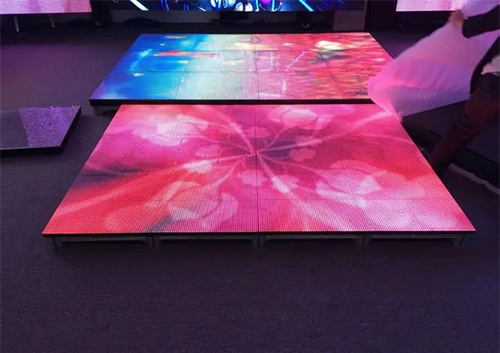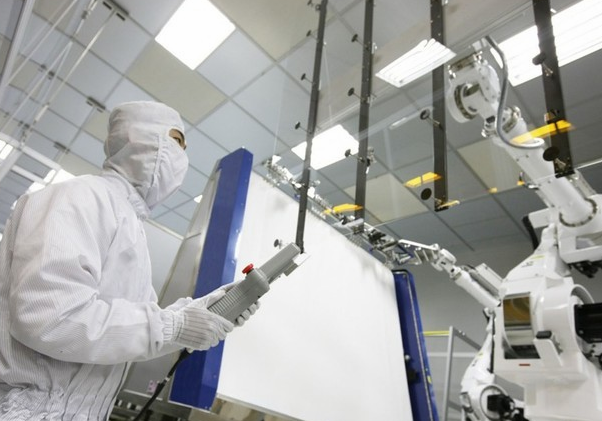NEWS
LED floor tile screen installation
1. Consideration by process: understand the structure form, structure weight, installation height, span and other characteristics, combined with the actual situation on site as far as possible to choose mature, advanced installation process.
2. Consideration of lifting equipment: first of all, choose your own equipment, make full use of the lifting equipment on site, followed by renting nearby. General: when the number of components is small, more use of truck cranes; gantry rigging more use of small and medium-sized truck cranes; installation period is longer, the installation height and radius of gyration is larger, crawler cranes than truck cranes economic; the overall lifting and skidding more use of hydraulic synchronous lifting (push) device; medium and high-rise steel structure installation is generally used in the tower crane; ordinary bridge installation more use of portal cranes and bridge cranes. Cranes and bridges.
3. Inverted construction method - inverted method is a special installation process first up and then down, it is suitable for structures with large height to width ratio, such as steel towers, masts and other structures. Conventional cranes are difficult to lift close to the case, generally more inverted loading method. The method should focus on the installation process to consider the overall stability of the structure and the stability of the equipment itself, there should be reliable support and stabilization measures.
4. Structural skidding method - structural skidding method has been developed to the use of hydraulic jacking thrusters and computer synchronization control technology, more advanced than the past net frame skidding method. It is applicable to the following conditions: first, due to site conditions, the span can not be set up cranes and support frames; second, the structural support conditions are conducive to the laying of skidding track; third, the calculation of the structure of the skidding unit determined by the strength and stiffness of the structure are to meet the requirements; fourth, to understand the form of structural support and fixing methods; fifth, the longer the longitudinal skidding route, the higher the efficiency.
5. Support frame slip method - it is applicable to the conditions of occupying the site within the span, lower installation height, larger structural area or longer longitudinal length. Firstly, when the installation height is below 15 meters, ordinary fastener type steel pipe scaffolding or bowl-mouth type scaffolding can be used as the supporting frame; secondly, for the frame is higher and the load bearing capacity is larger, it is preferable to use section steel supporting frame. Regardless of which program, in addition to the design calculation according to the specification requirements, but also consider the horizontal dynamic load, if necessary, additional large diagonal braces to improve its overall stability.
6. Overall lifting method - the overall lifting method is currently used in Tongji University developed computer synchronous control, hydraulic lifting equipment, the process gradually replace the penetration of motorized lifting and jacking program, its equipment is lightweight, advanced technology. It is applicable to the following conditions: firstly, occupying the site within the span; secondly, the installation height is higher; thirdly, the components are heavier; fourthly, it is limited to vertical lifting and cannot be displaced horizontally. That is, the higher the installation height, the heavier the lifting weight, the better.
7. Soil method of lifting - soil method of lifting is the use of unicorn bar, herringbone frame, roll field machine, pulley block, etc. as lifting equipment for structural lifting, it is suitable for heavy components, the number of small, high installation height of the project. Due to the large tonnage lifting equipment and advanced installation process is more and more, so the soil method of lifting is less and less.
8. Rotary construction - the method is mainly used for bridge installation, due to the railroad, highway traffic impact, as well as mountains, rivers and ravines and other special environments, other methods of bridge erection are limited, more rotary construction.
9. Overall lifting method - it is basically similar to the overall lifting method, just lifting equipment is different, suitable for small and medium-sized structure installation. Early use of multiple single foot bar or herringbone, winches, pulley blocks and cable wind system for large tonnage lifting. Now, due to the large tonnage crane more, for small and medium-sized projects according to the need to choose more than one crane centralized lifting for installation.
Related News













